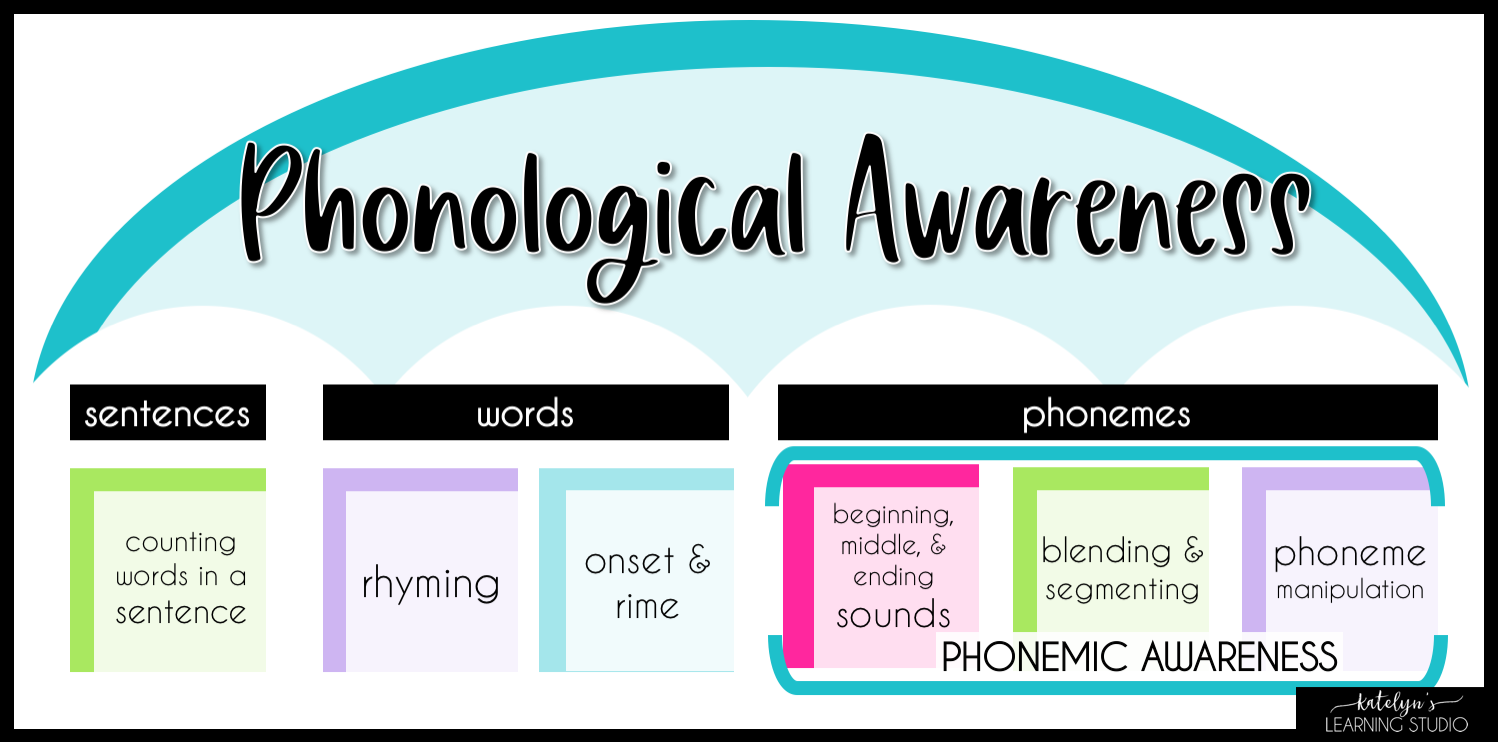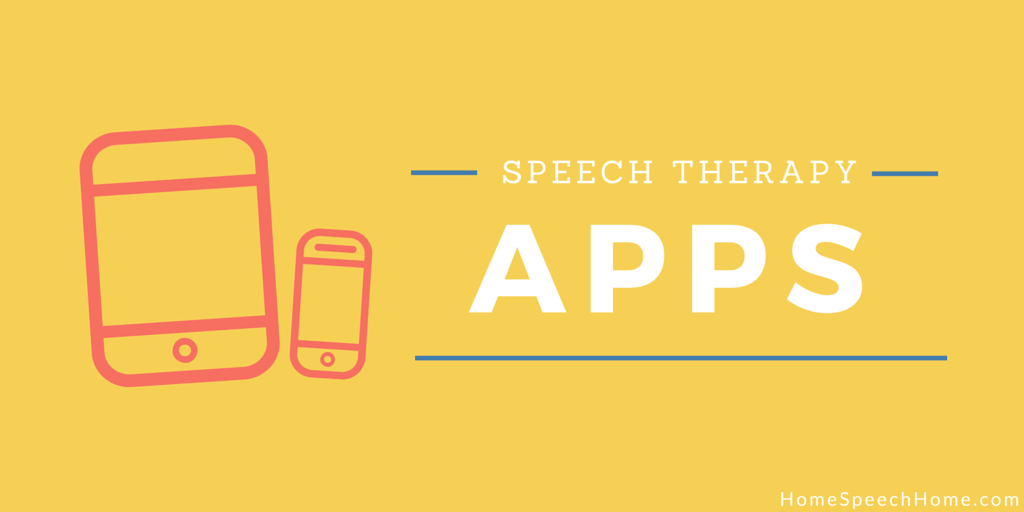Speech therapy is essential for children with speech delays, adults recovering from injuries, or anyone aiming to improve articulation, fluency, and expressive language. While clinical sessions with a certified speech-language pathologist (SLP) are critical, incorporating daily home-based speech therapy techniques yields faster progress and more natural integration of skills. In this authoritative guide, we share 5 evidence-based techniques, along with practical tips, real-world examples, and research-backed insights—designed to help parents, caregivers, and individuals create engaging practice sessions and optimize speech development at home.
By the end of this comprehensive resource, you'll not only understand why practice matters, but also how to implement each activity effectively, track progress, and leverage technology—all with the aim of driving meaningful results and improving communication outcomes.
Why Practice Speech Therapy Techniques at Home?

The Essentials of Speech Therapy and Its Long-Term Benefits
Speech therapy encompasses a range of techniques targeting articulation (pronunciation of sounds), voice control, fluency (e.g., stuttering), and social communication. It supports individuals with developmental delays, hearing impairments, neurological conditions (such as stroke or Parkinson’s disease), and language-based learning difficulties like dyslexia or expressive language disorder.
The core benefits of practicing speech therapy at home include:
- Improved clarity and intelligibility, making everyday communication more effective
- Enhanced confidence and social engagement, leading to better academic and career outcomes
- Stronger parent–child or caregiver bonds, through collaborative practice
- Seamless integration with therapy sessions, reinforcing what's learned and generalizing skills to the real world
Why Consistency at Home Drives Fast Progress
Evidence shows that frequency, relevance, and consistency are key to learning new speech skills. Practicing just 15–20 minutes daily, compared to 1–2 formal therapy sessions per week, significantly improves retention and fluency, especially in children. Home-based sessions allow for repetition in a low-pressure environment, offering real-time feedback and natural opportunities to use new skills. Moreover, caregivers learn alongside the individual, boosting motivation and accountability. This consistency is the bridge between isolated therapy and lifelong communication benefits.
5 Evidence-Based Techniques You Can Use at Home
Below are the top five techniques proven by research and widely adopted by speech professionals. Each section includes an overview, benefits, and step-by-step home-friendly practical implementation.
Technique 1: Articulation Games for Clearer Speech

What Is Articulation and Why Is It Essential?
Articulation therapy focuses on improving the physical production of individual speech sounds (e.g., “s,” “r,” “k”) and phonological skills (sound patterns). Much like specialized programs at an Anxiety Treatment Center in Pennsylvania address specific mental health needs, targeted articulation practice enhances sound accuracy and overall speech intelligibility—ultimately helping listeners understand messages more clearly.
Fun and Engaging Articulation Games You Can Try
Here are three playful activities that make sound practice both effective and fun:
- Silly Sentences
- Objective: Embed target sound(s) repeatedly in fun sentences
- How It Works: Choose a specific sound (e.g., /f/). Take turns creating silly sentences: “The fuzzy ferret flew to France to find fireworks.” Keep it lively—add props or funny voices to amplify engagement.
- Sound Scavenger Hunt
- Objective: Reinforce sound identification in everyday speech
- How It Works: Pick a target sound (e.g., /s/). Search the house together for items starting with that sound (sock, spoon, sticky note). Count how many times it appears as you name them.
- Tongue Twister Challenges
- Objective: Improve motor planning and clarity in tricky sequences
- How It Works: Use classic twisters like “Peter Piper picked a peck of pickled peppers.” Take turns saying them faster each round. Make it more fun by timing each other or recording for playback.
Tips for Maximizing Articulation Practice
- Visual Cue: Mirror or drawing can help with tongue/lip placement
- Record and Replay: Self-monitoring strengthens awareness
- Positive Reinforcement: Celebrate each correct sound—stickers, praise, or tokens motivate progress
Technique 2: Storytelling to Build Narrative Language

What Is Narrative Language and Why It Matters
Narrative or storytelling involves organizing events in logical order, describing characters, setting scenes, and conveying emotions. This is a critical component of expressive language development and is linked to reading comprehension, academic success, and social interaction.
Storytelling Activities You Can Do at Home
- Story Chain Game
- How It Works: One person begins with “Once upon a time…” Each person adds a sentence, weaving a narrative together.
- Benefits: Encourages sequencing, turn-taking, and vocabulary expansion.
- Picture Prompt Stories
- How It Works: Use picture cards from a book or magazine. Ask your child to describe what’s happening and invent a story.
- Benefits: Enhances descriptive language and creative thinking.
- Book Retelling
- How It Works: After reading a picture book, encourage your child to retell the story in their own words. Prompt them with “Who, what, where, when?”
- Benefits: Strengthens comprehension, memory, and narrative flow.
Tips to Enhance Storytelling Practice
- Support with Prompts: Use scaffold questions (“Why did the cat do that?”)
- Scaffold with Sentence Frames: "First…, then…, finally…" improve structure
- Praise Descriptive Details: Reward use of detailed vocabulary and emotions
Technique 3: Interactive Reading for Language Growth

Choosing High-Impact Speech Therapy Books
Materials matter. Just as tailored approaches are essential in Drug Addiction Treatment in Pennsylvania, selecting the right interactive picture books is crucial for engaging young readers. Choose books with repetition, rhyme, or engaging narratives. Wordless books spark imagination, while board books, lift-the-flap stories, popup books, and children’s magazines add tactile fun and enhance overall engagement.
Interactive Reading Strategies for Home
- Expressive Reading
- Use different voices for characters, modulate tone, and make sounds
- Children mimic to practice prosody, rhythm, and clarity
- Dialogue-Based Reading
- Pause and ask predictive or reflective questions: “What happens next?”
- Encourage your child to make predictions, describe actions, or imitate sounds
- Role Play & Acting Out Scenes
- Act out key scenes from the book, fostering expressive language and sequencing
- Use props like stuffed animals or puppets
Additional Tips for Interactive Reading
- Repeat Favorites: Repetition supports retention
- Follow-Up Activities: Draw a scene from the story or create a sequel
- Record Sessions: Capture reading sessions for later review, boosting self-correction
Technique 4: Rhyming and Phonological Awareness

The Significance of Phonological Awareness in Speech Development
Phonological awareness involves recognizing and manipulating individual sounds in words. Much like a personalized approach at an Addiction Rehab Center in Pennsylvania addresses the root causes of addiction, early phonological training builds a strong foundation for decoding (reading), spelling, and clear articulation. Research shows that this kind of targeted support is a strong predictor of future literacy success.
Everyday Rhyming Activities You Can Do
- Rhyming Scavenger Hunt
- Pick a word (“hat”) and find items that rhyme (“cat,” “mat,” “bat”)
- Children practice matching sounds and learn new vocabulary
- Rhyme Time Rounds
- At breakfast or in the car, take turns rhyming with selected words
- Keep it light and competitive—laugh at silly rhymes!
- Sing-Alongs & Nursery Rhymes
- Choose easily memorizable songs (“Twinkle, twinkle…”) for speech rhythm
- Act out songs—movement reinforces sound awareness
Tips to Maximize Phonological Awareness Practice
- Encourage Inventive Rhymes: Let creativity flow
- Use Hand Motions: Clap syllables or tap sounds
- Grade the Challenge: Start with rhyming words, then move to blends and minimal pairs (“bat” vs “pat”)
Technique 5: Speech Therapy Apps and Technology

Choosing the Best Apps for Speech Practice at Home
Carefully selected apps provide structured, interactive, and motivating speech activities. Top-rated ones include:
- Articulation Station: Offers visual/audio prompts for 23 phonemes
- Speech Blubs: Uses video models of children demonstrating sounds
- Endless Alphabet: Visual and animated reinforcement of letter sounds
These platforms integrate multisensory engagement (auditory, visual, motor), which research supports for early language gains.
How to Integrate Speech Apps into Daily Life
- Short Tech Sessions
- Limit to 10–15 minutes per day to avoid overexposure
- Consistent use, even brief, yields significant results
- Joint Participation
- Use apps together—make it a bonding experience
- Encourage your child to explain functions or games
- Embed in Routine
- Use speech tech during wait times like car rides or bedtime
- Pair app time with other speech exercises (e.g., finish app session, then do a tongue twister)
Tips for Sustaining Home-Based Speech Practice
Home therapy is most effective with regularity and structure:
- Plan a Weekly Speech Schedule:
- Articulation Tuesdays
- Storytelling Thursdays
- Rhyming Fridays
- Keep Materials Handy:
- Binders, books, sound cards, tokens, sticker charts
- Visible charts serve as reminders
- Track Progress:
- Record sessions monthly to show growth
- Celebrate improvements—more than just “good job,” say “Look how clearly you said ‘rabbit’ today!”
- Involve Multiple Caregivers:
- Share practice tips with grandparents, babysitters
- Consistency across caregivers maximizes impact
Measuring Progress & Making Adjustments

Setting SMART Speech Goals
Define objectives using SMART goals:
- S, specific: "Pronounce /s/ in initial position accurately in 8/10 words"
- M, measurable: Track correct responses out of attempts
- A, achievable: Realistic for age and ability
- R, relevant: Skills needed for communication
- T, time-bound: Aim for two weeks or one month
When to Seek Professional Input
Home practice is not a substitute for professional help. Reach out to an SLP if you notice:
- Lack of expected progress
- New or worsening fluency issues
- Voice hoarseness or resonance problems
- Social language challenges
An SLP can adjust the plan, introduce new targets, or address underlying factors like hearing loss or motor issues.
FAQs About Home Speech Therapy
1. How often should home speech techniques be practiced?
Daily practice—15 to 20 minutes—is ideal for consistent growth. Short, repetitive sessions beat less frequent, longer ones.
2. Are these techniques appropriate for all ages?
Yes—adapt playfulness and complexity based on age. Younger kids enjoy songs, coloring and interactive books; older kids benefit from storytelling prompts and independent app use.
3. Can home techniques replace professional therapy?
No. These methods are designed to complement, not replace, SLP-led therapy. They reinforce lessons and promote generalization but do not substitute ongoing clinical oversight.
4. What materials are needed to get started?
Most exercises require commonplace items—books, toys, household objects, pencil and paper. Investing in a few speech apps for tablets or smartphones can add variety and support multisensory learning.
5. How long until I see progress?
Every learner is unique. Many children show improvement in 2–4 weeks of consistent practice, with significant progress typically evident after 3–6 months. Documenting sessions and recording speech samples helps measure growth effectively.
Final Thoughts
Incorporating home-based speech therapy into your daily routine not only reinforces clinical learning but also nurtures a deeper connection through shared effort and play. By consistently using evidence-based techniques—from articulation games to storytelling, rhymes to interactive reading, and smart use of speech apps—you'll see faster progress, stronger communication, and greater confidence in your child or family member.



